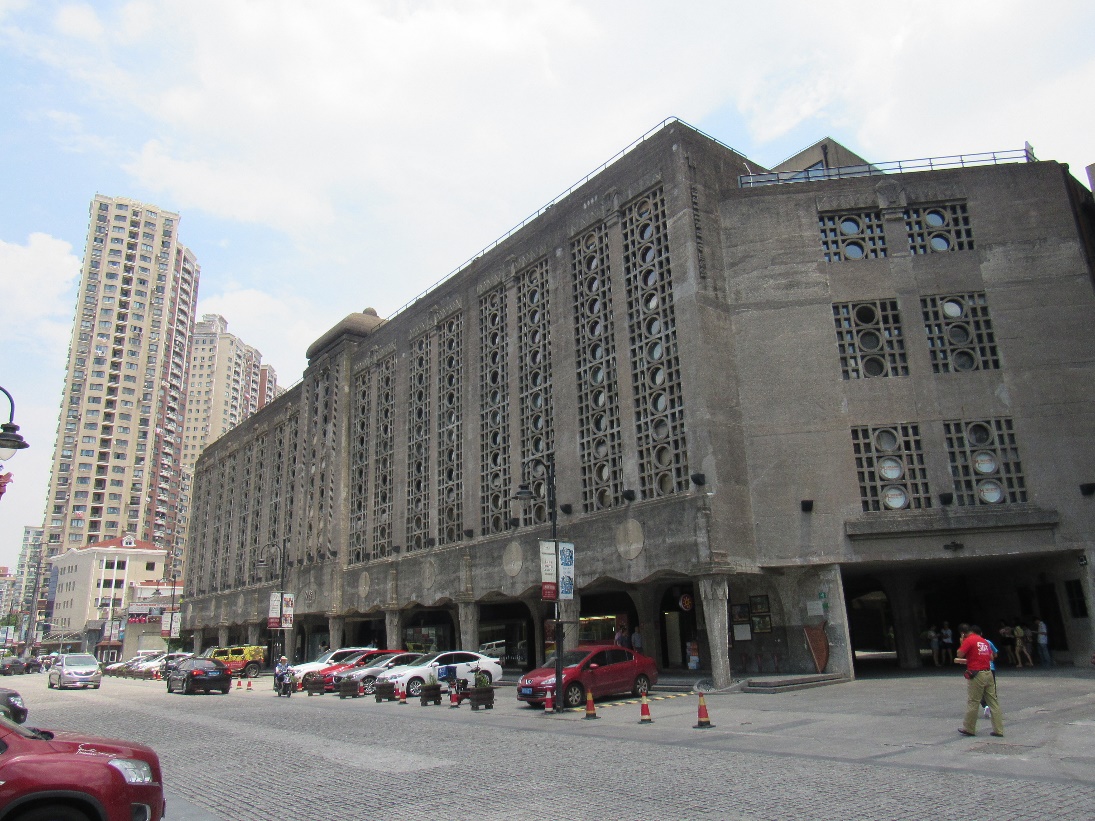Re-using “uncomfortable heritage”: The case of the 1933 Building, Shanghai
Andrew Law, J. Pendlebury, Y. Wang

IMAGE: image of the exterior of ‘1933 Shanghai’ designed by the British architect Balfours as a Slaughterhouse.
Abstract
This paper opens up a discussion over the processes of forgetting and remembering that occur in the adaptive reuse of quite commonplace buildings that, nevertheless, have been classified as ‘heritage’. For most buildings survival depends upon finding a new economic use once original use has ceased. At this point decisions are also made about what stories are carried forward from the building’s past. The principal case study discussed in this paper is the former Shanghai Municipal Abattoir, a modernist concrete sculpture now branded 1933 Shanghai. The paper delineates how a process of ‘strategic forgetting and selective remembrance’ has been undertaken, negotiating the bloody nature of the building’s past, in its reuse as an upscale commercial venue. Reuse is further considered within the wider frames of a 1920–1930s Shanghai urban branding ‘imaginary’ and as a ‘building of control and reform’ – a category of buildings developed from the eighteenth-century European Enlightenment-thinking. In reflecting upon this negotiation in the heritage making process with potentially difficult past events, we propose the category of ‘uncomfortable heritage’, as part of a wider spectrum of ‘dark heritage’, and conclude with a final reflection upon 1933 Shanghai as a heterotopic space.
Pendlebury, J., Y. Wang, and A. Law. “Re-using ‘uncomfortable heritage’: The case of the 1933 Building, Shanghai.” International Journal of Heritage Studies 24, no. 3 (2018): 211-233. https://doi.org/10.1080/13527258.2017.1362580



